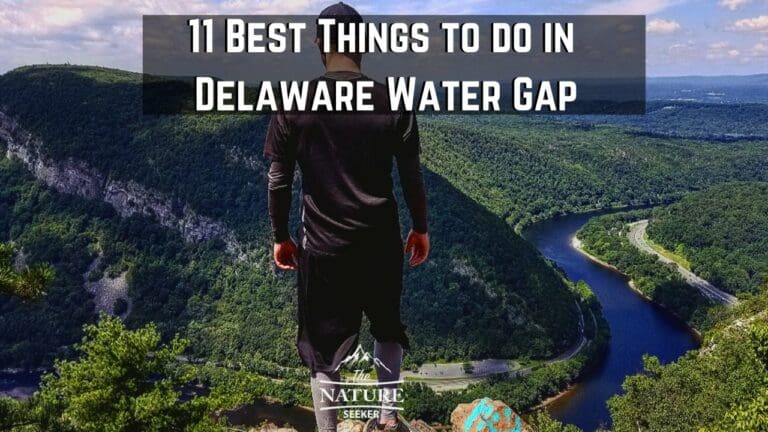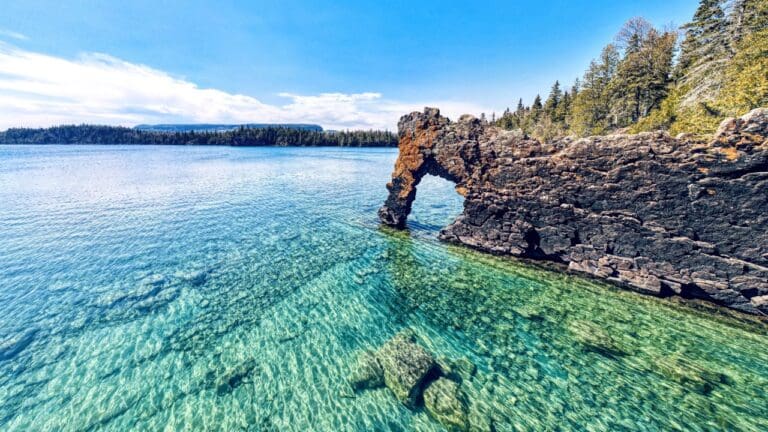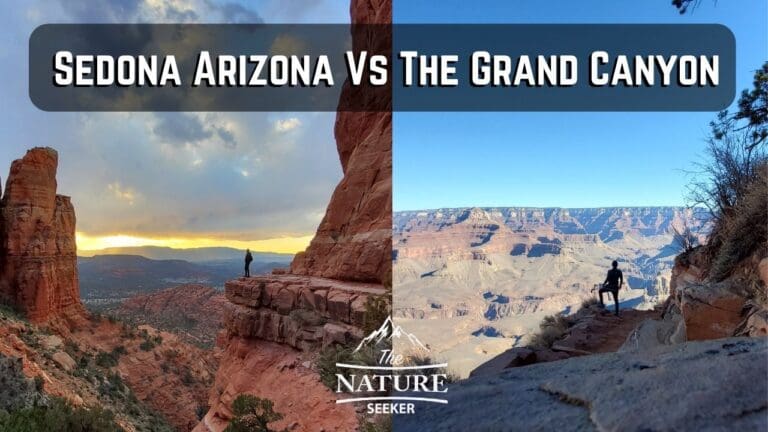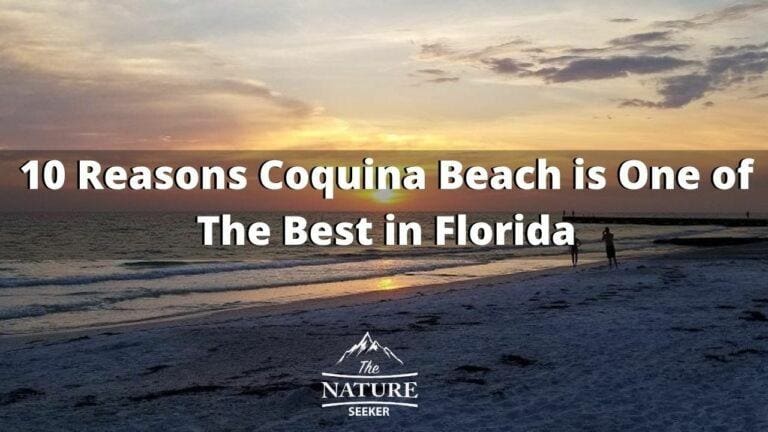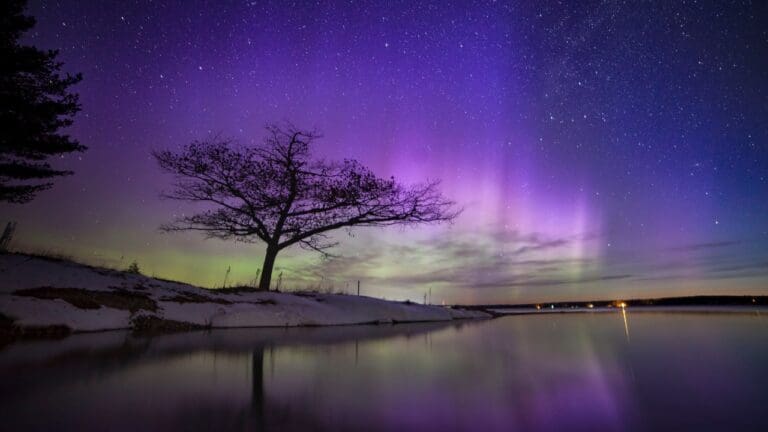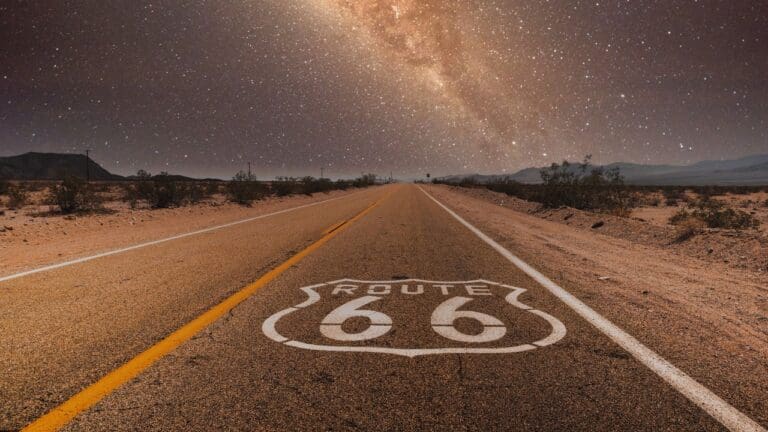Mojave Desert: A First Time Visitor Guide
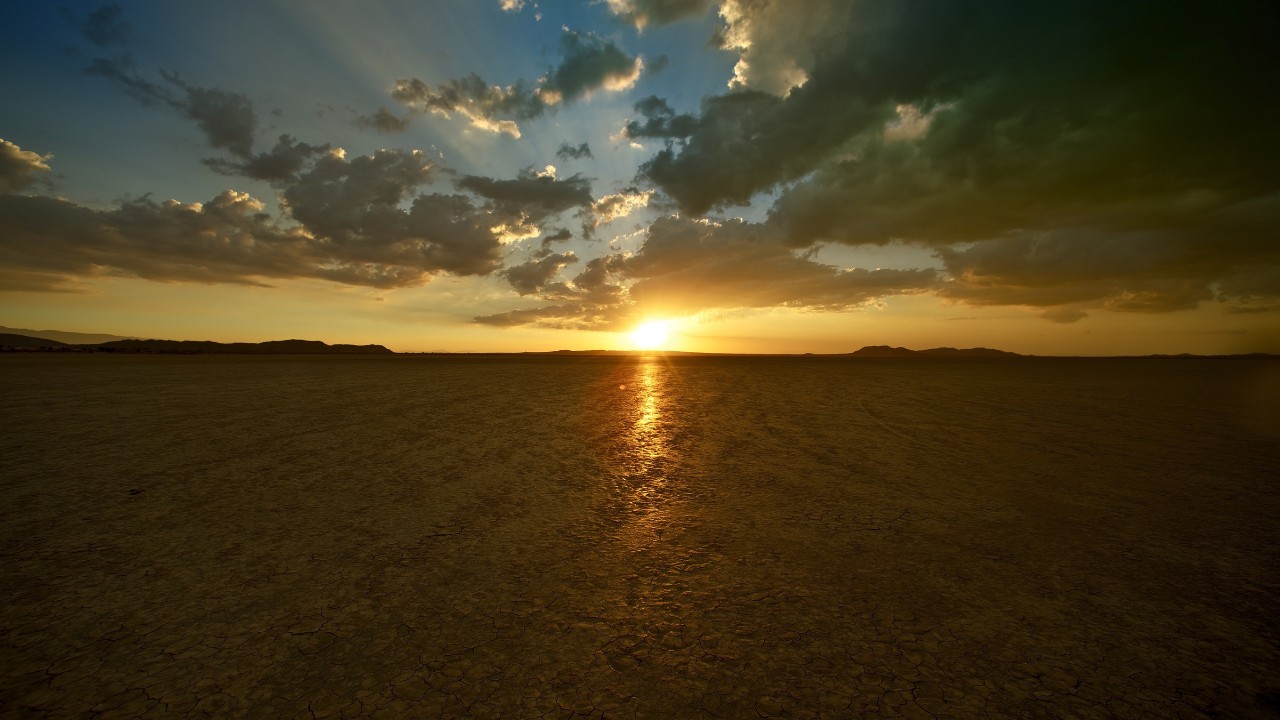
The Mojave Desert is a vast, iconic landscape 4 different states and is known for its unique geography, rare flora, and historic sites. This desert is home to some of the Southwest’s most remarkable natural landmarks, including Joshua Tree National Park, Death Valley National Park, and the Mojave National Preserve. Whether you’re seeking outdoor adventure, historical landmarks, or serene desert landscapes, the Mojave Desert has much to offer. This guide will help you plan a memorable and well prepared visit!
Basic info:
- Name: Mojave Desert
- Location: California, Nevada, Arizona and Utah
- Things to do: Scenic drives, camping, national parks and more (see recommendations)
- Hotel options: See best options
Getting There:
The Mojave Desert is accessible from several major cities, with multiple entry points depending on which areas you plan to explore.
Major Nearby Airports:
-
- Las Vegas McCarran International Airport (Nevada): Ideal for exploring the eastern Mojave Desert and Mojave National Preserve.
- Los Angeles International Airport (LAX) (California): Best for accessing Joshua Tree National Park, Death Valley, and parts of the Mojave Desert.
- Palm Springs International Airport (California): Convenient for visitors to Joshua Tree National Park and the surrounding Mojave region.
Driving Directions:
-
- From Las Vegas: Take I-15 south to access the Mojave National Preserve, which is about a 90-minute drive.
- From Los Angeles: Head east on I-10 to reach Joshua Tree National Park or north on I-15 toward Mojave National Preserve and Death Valley.
Photos:
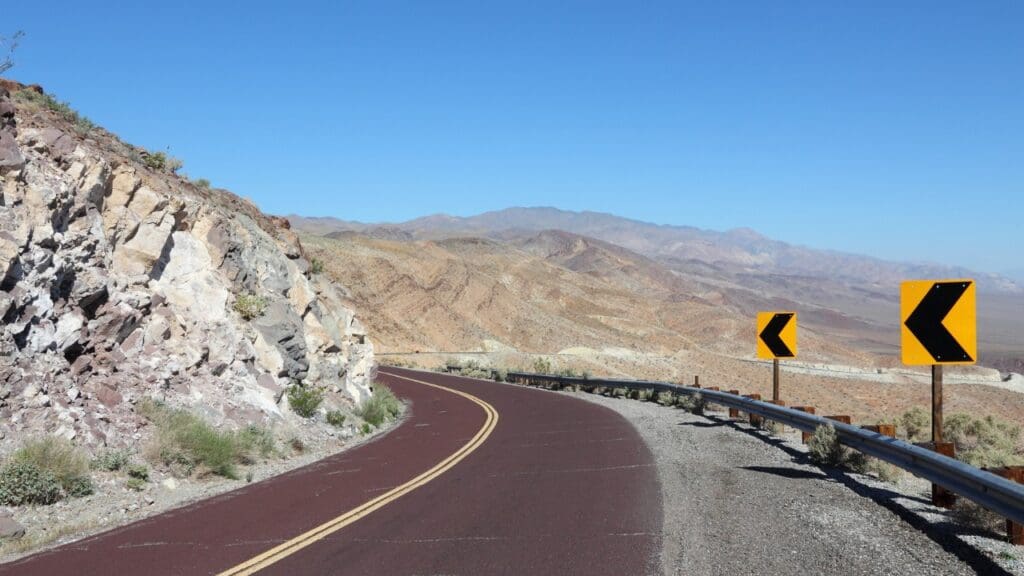
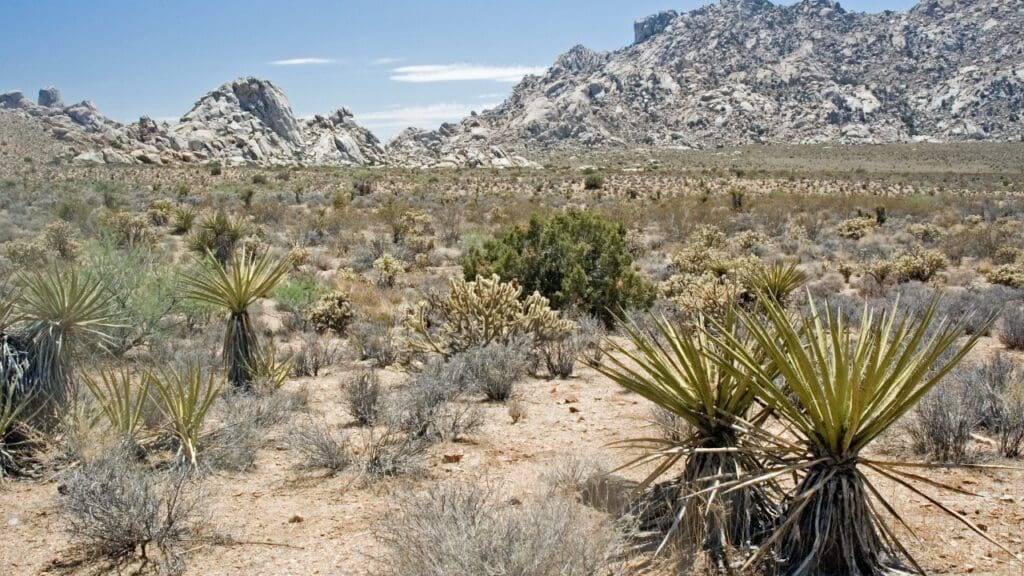
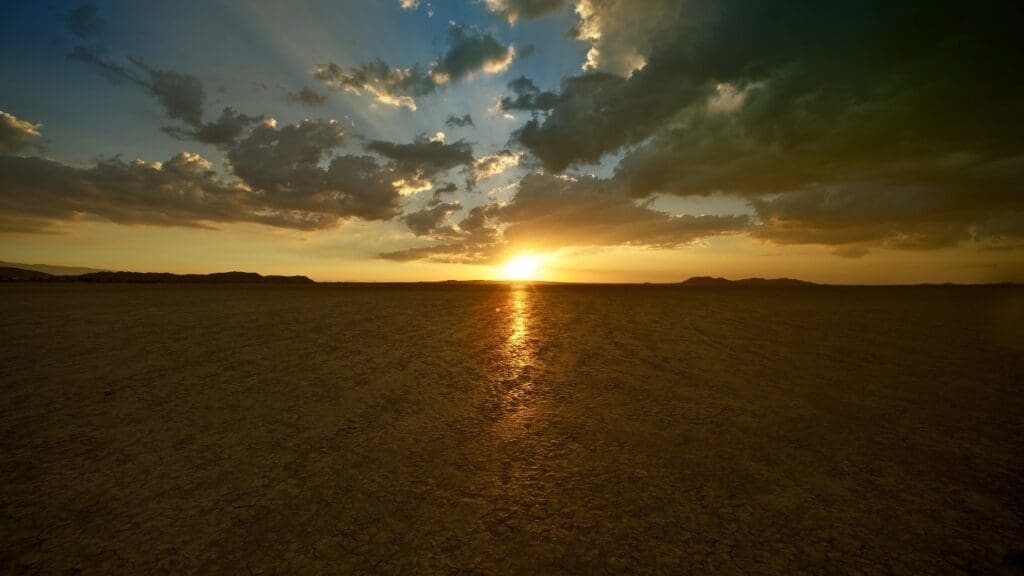
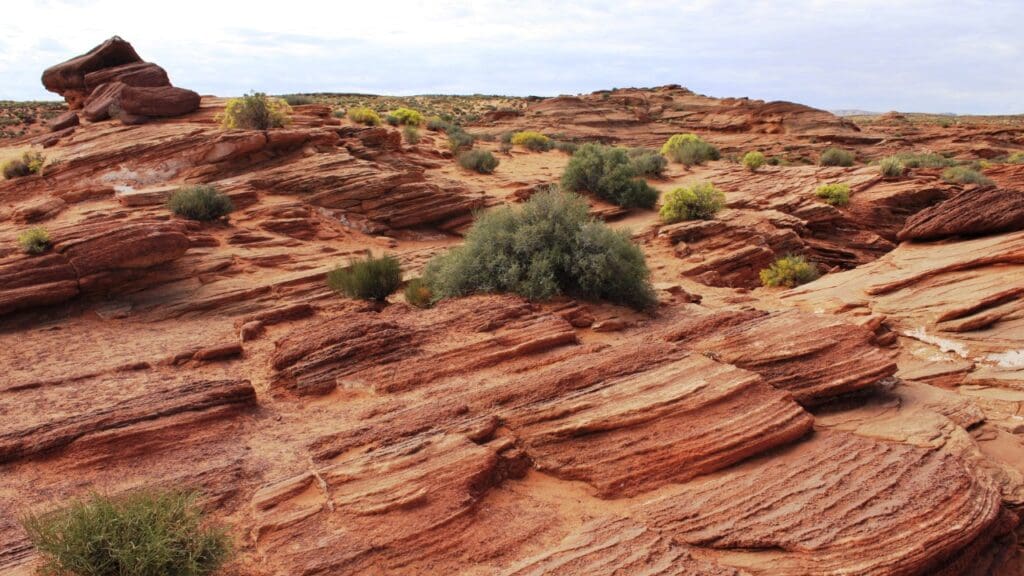
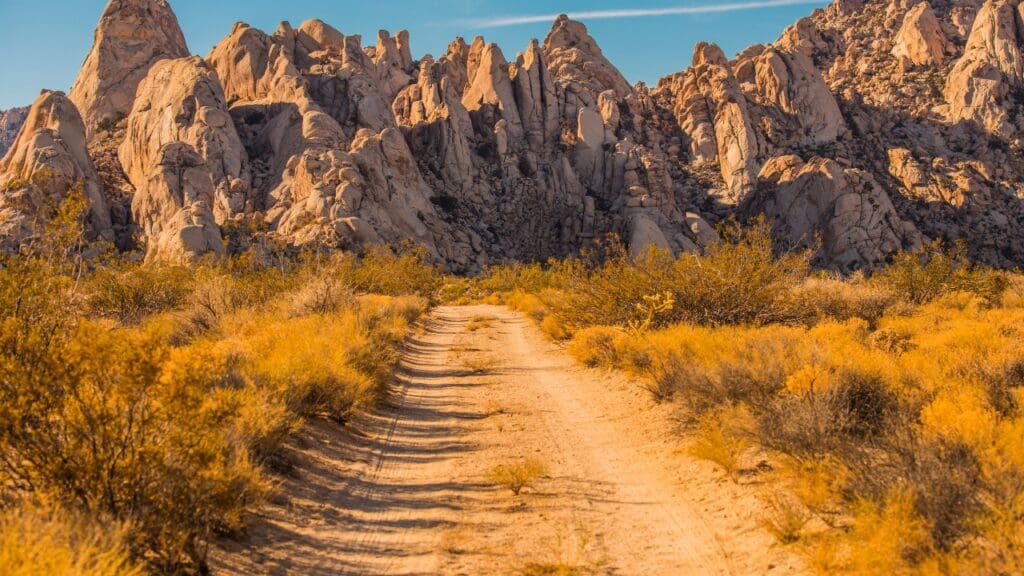
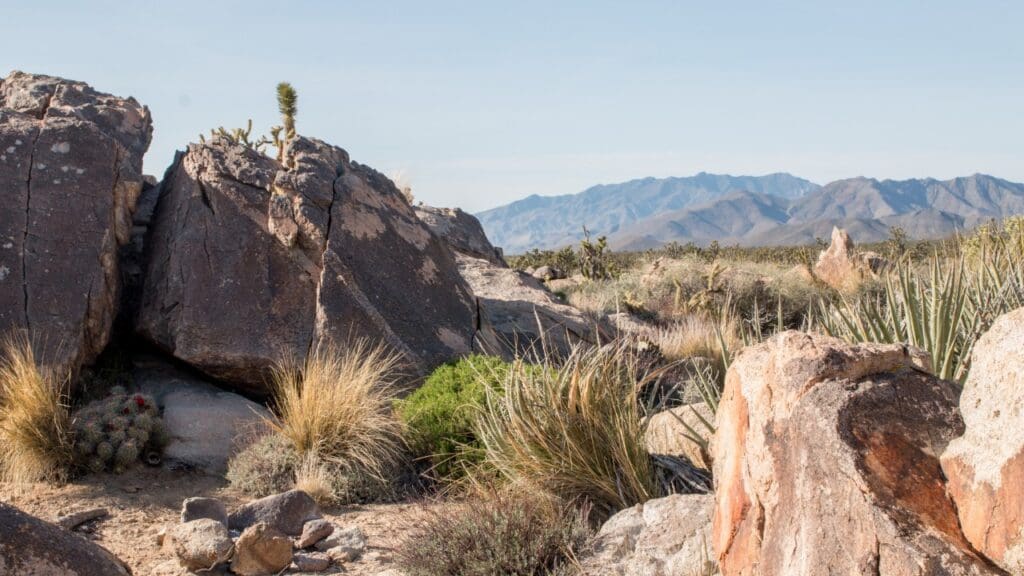
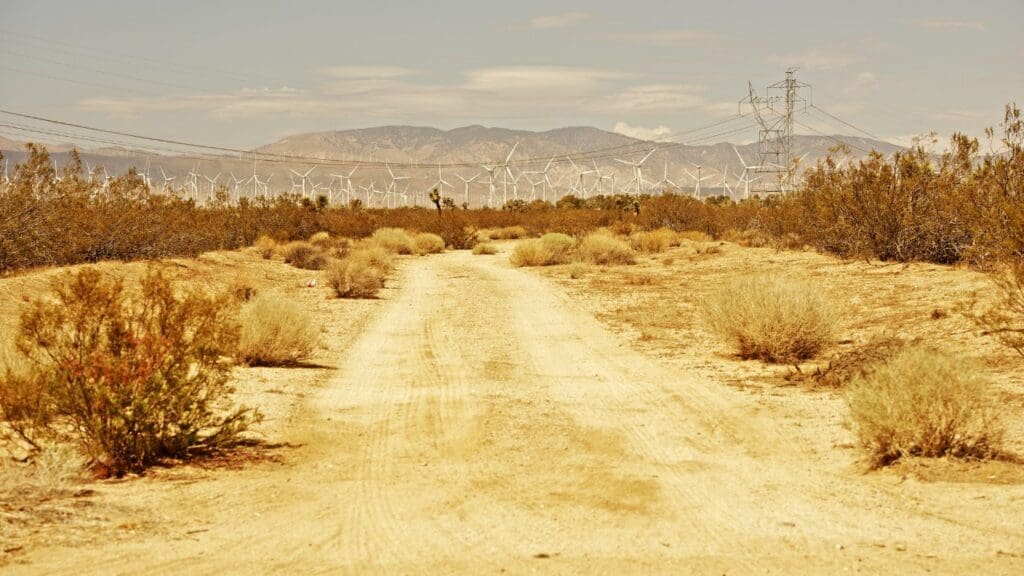
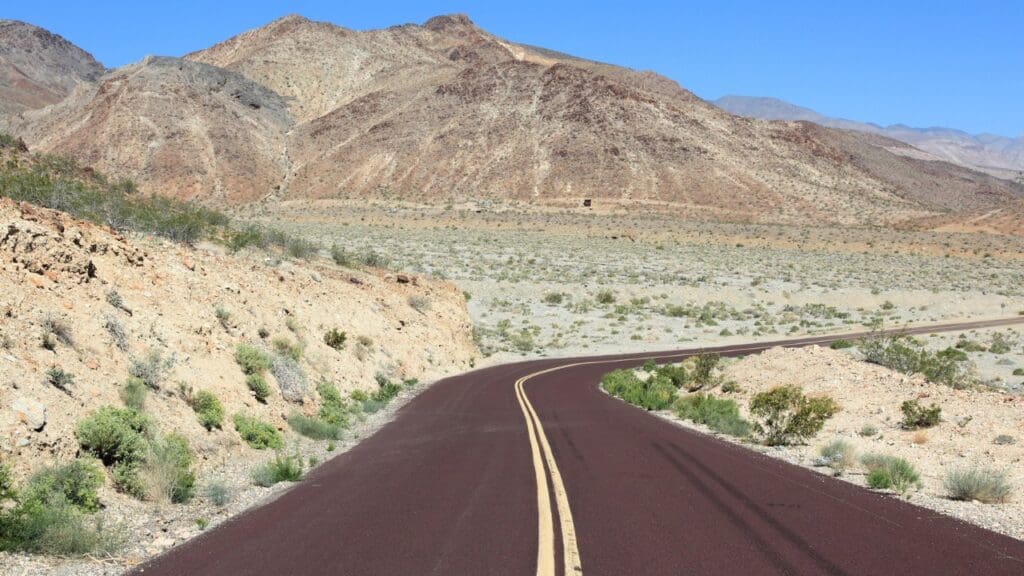

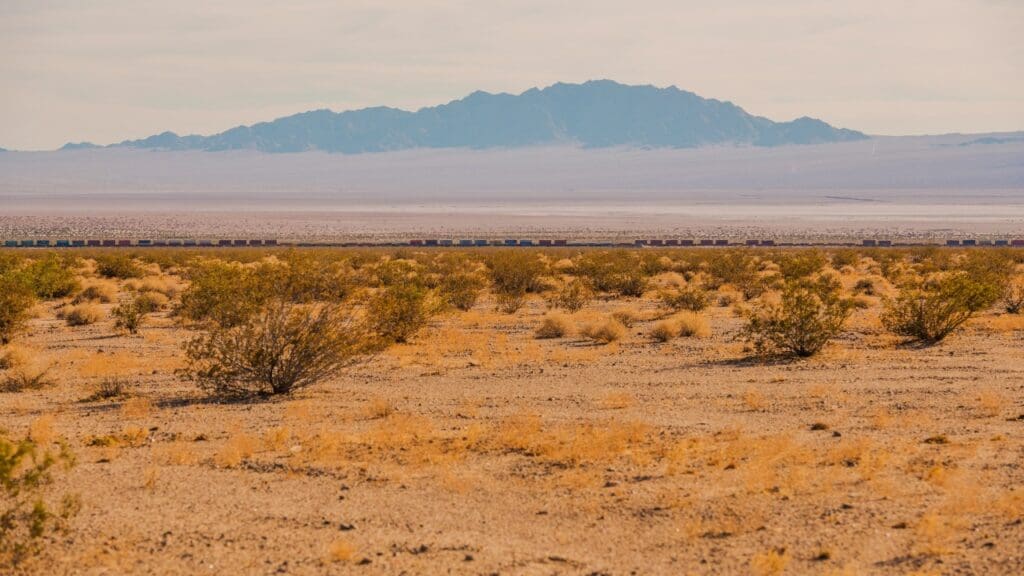
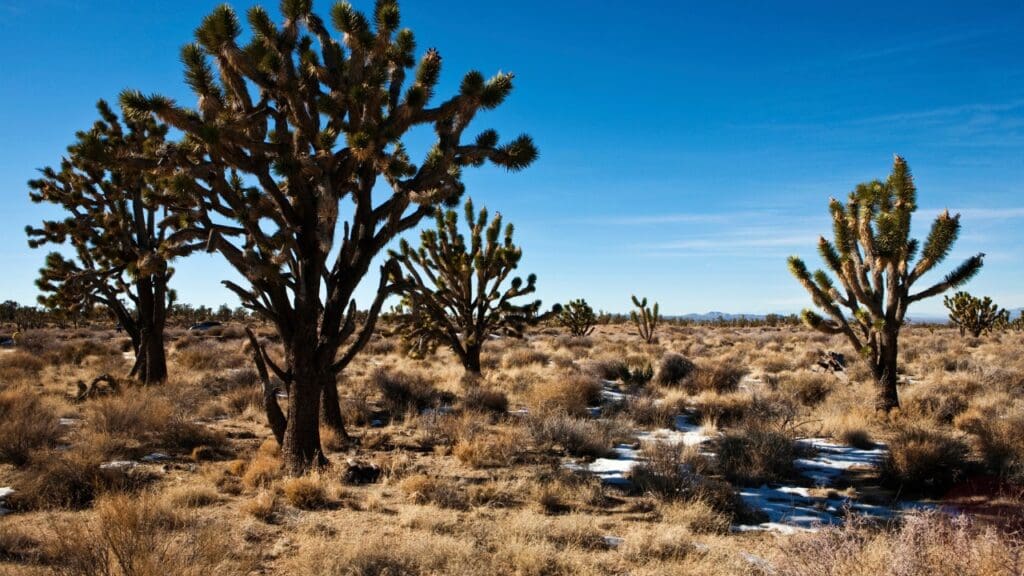
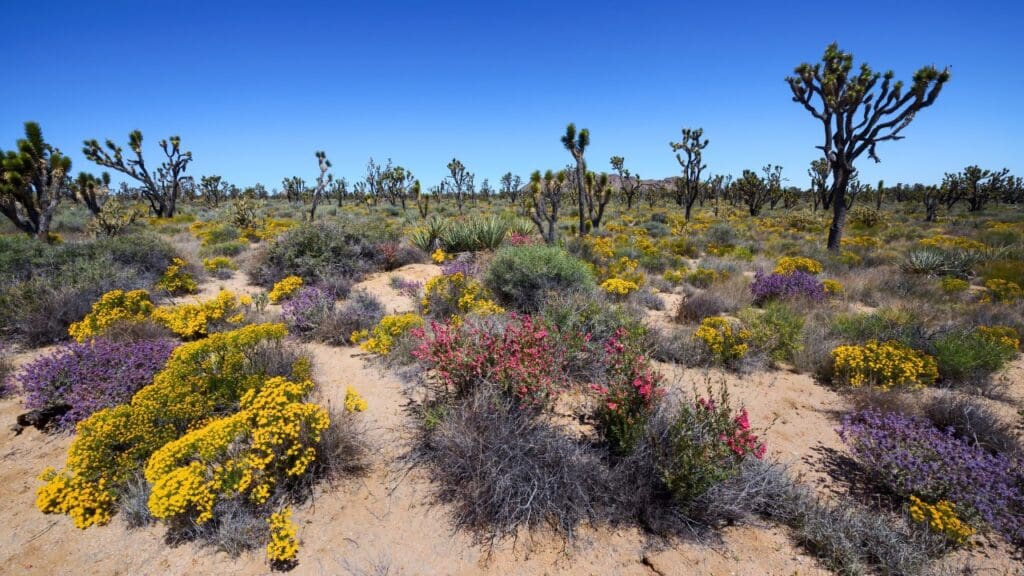
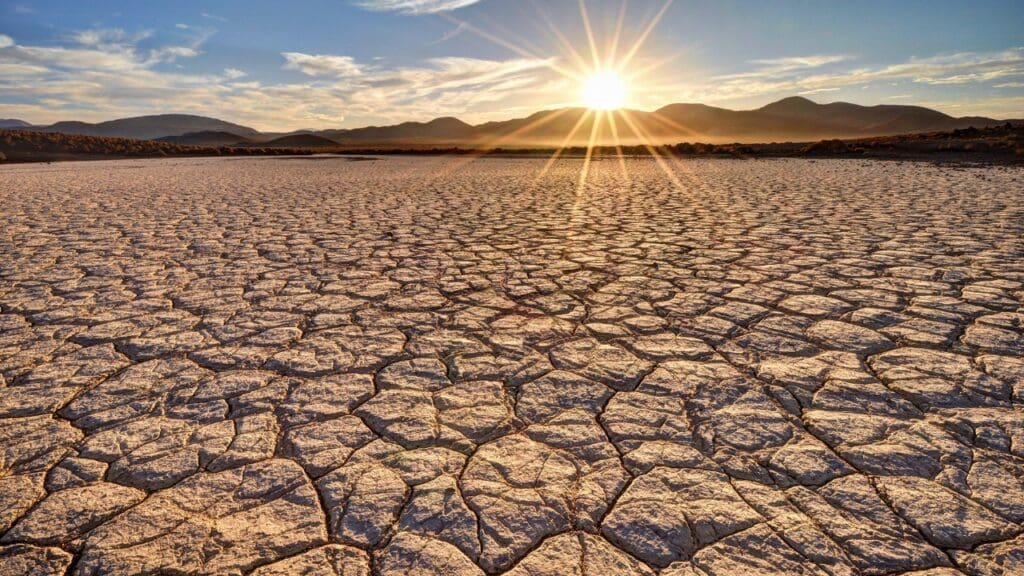
Best Times to Visit:
- Fall (October to November): Fall is a perfect time to visit, with temperatures ranging from 70°F to 85°F (21°C to 29°C) during the day and cooler nights. Fall is ideal for hiking and camping, as the temperatures are pleasant and the desert is often less crowded.
- Winter (December to February): Winter brings cooler temperatures, from 50°F to 65°F (10°C to 18°C) during the day and can drop below freezing at night. It’s a good season for hiking, photography, and exploring as long as you’re prepared for cold nights.
- Spring (March to May): Spring temperatures are similar to fall, with the bonus of blooming wildflowers in early spring, particularly after rainy winters. Spring is a popular time for visitors due to comfortable weather and the beautiful desert blooms.
- Summer (June to August): Summer in the Mojave Desert is extreme, with temperatures often exceeding 100°F (38°C) during the day, particularly in areas like Death Valley. Hiking and strenuous outdoor activities are not recommended due to the intense heat, but sunrise and sunset visits can be rewarding.
Key Attractions:
Joshua Tree National Park: Known for its namesake Joshua Trees and surreal rock formations, Joshua Tree National Park is one of the most accessible and popular areas of the Mojave Desert.
-
- Activities: Hiking, rock climbing, stargazing, and photography.
- Popular Trails: Hidden Valley, Barker Dam, and Ryan Mountain Trail.
- Nearby Towns: Joshua Tree and Twentynine Palms offer lodging, dining, and galleries with local art.
Mojave National Preserve: Mojave National Preserve offers a quieter, less crowded experience, with unique landscapes like the Kelso Dunes, Cima Dome, and volcanic lava tubes.
-
- Highlights: Kelso Dunes for sandboarding, Hole-in-the-Wall for hiking, and the Mojave Cross for a historical landmark.
- Visitor Centers: Kelso Depot Visitor Center, a historic train station, provides park information, exhibits, and restrooms.
- Camping: Hole-in-the-Wall and Mid Hills Campgrounds are available for tent camping, but bring plenty of water as amenities are limited.
Death Valley National Park: Death Valley is one of the hottest places on Earth, known for its dramatic landscapes, salt flats, and unique formations like Badwater Basin and Zabriskie Point.
-
- Best Times to Visit: Fall, winter, and spring.
- Highlights: Badwater Basin (lowest point in North America), Mesquite Flat Sand Dunes, and Artist’s Palette, a scenic drive showcasing colorful mineral deposits.
- Visitor Centers: The Furnace Creek Visitor Center offers exhibits, park maps, and weather information.
Popular Activities:
Hiking trails:
-
- Hidden Valley (Joshua Tree): A one-mile loop trail through towering rock formations, popular with both hikers and rock climbers.
- Kelso Dunes (Mojave National Preserve): A challenging hike up towering sand dunes, where you can experience “singing sands,” a phenomenon caused by shifting sands.
- Golden Canyon Trail (Death Valley): A moderate hike that takes you through a canyon to Red Cathedral, a striking rock formation.
Stargazing and Night Photography: The Mojave Desert’s low light pollution makes it one of the best stargazing spots in the country. Head to Joshua Tree, Death Valley, or Mojave National Preserve for clear night skies. Death Valley is an International Dark Sky Park, offering exceptional stargazing.
Wildlife Viewing: Despite its arid climate, the Mojave Desert is home to a range of wildlife, including desert tortoises, bighorn sheep, and various reptiles. Visit early in the morning or late in the evening to improve your chances of spotting wildlife.
Historical Sites and Ghost Towns:
-
- Calico Ghost Town (near Barstow, California): This preserved mining town offers a glimpse into the region’s silver mining history, with old buildings, museums, and guided tours.
- Rhyolite Ghost Town (near Death Valley): A historic town with remnants of buildings, a train depot, and an old jail, making it a fascinating stop for history enthusiasts and photographers.
Safety Tips:
- Bring Plenty of Water: Hydration is crucial, even for short hikes. A minimum of one gallon per person per day is recommended.
- Wear Appropriate Clothing: Lightweight, moisture-wicking clothing is best for hot days, while layers are essential for cooler nights. A wide-brimmed hat, sunglasses, and sunscreen are also highly recommended.
- Avoid Hiking in the Heat of the Day: If visiting in summer, schedule hikes in the early morning or late evening to avoid the highest temperatures.
- Check the Weather: The desert can experience sudden weather changes, including flash floods. Check the forecast and stay informed about any potential weather events, especially if camping or hiking.
- Be Prepared for Limited Cell Service: Much of the Mojave Desert has limited or no cell phone reception. Download maps in advance and bring a physical map if exploring off the main roads.
Nearby Attractions:
- Route 66: Known as the “Mother Road,” Route 66 runs along parts of the Mojave Desert and offers nostalgic stops, diners, and historical landmarks, including Amboy and its famous Roy’s Motel and Café.
- Red Rock Canyon State Park: Located near Mojave National Preserve, this park offers colorful cliffs, scenic hiking trails, and beautiful desert scenery.
- Las Vegas: If you’re in the eastern Mojave Desert, Las Vegas is a great stop for dining, entertainment, and luxury hotels, just a short drive away. And if you’re staying in Vegas, the Mojave desert is one of the best day trips to take from Las Vegas overall (among others).
Final Things to Know:
The Mojave Desert’s dramatic landscapes, unique wildlife, and rich history make it an unforgettable destination. From the surreal rock formations of Joshua Tree to the vast salt flats of Death Valley, the Mojave Desert has something for everyone. By planning ahead, taking the right safety precautions, and embracing the desert’s natural beauty, you’ll be well-prepared for a memorable first-time visit to this remarkable part of the American Southwest.

